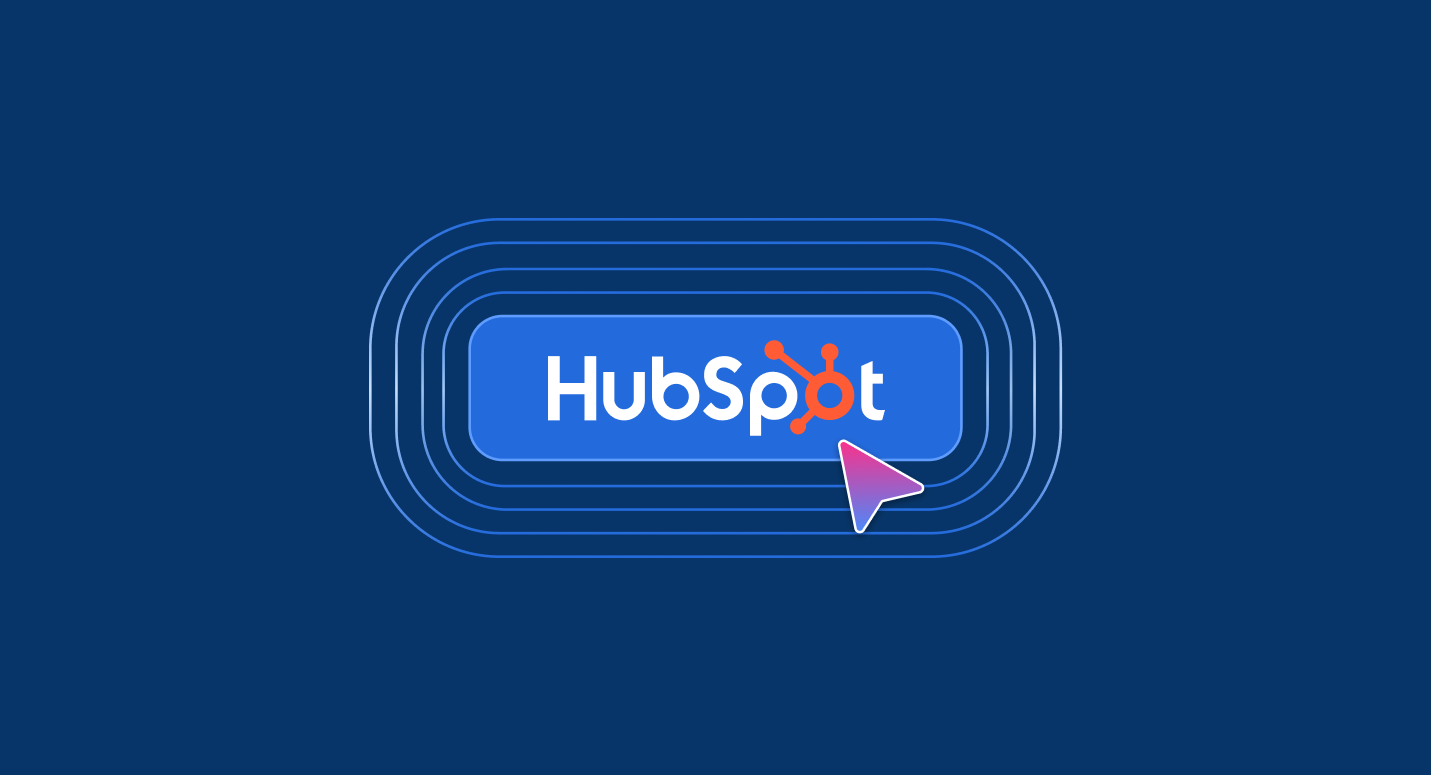The global AI market has grown by $50 billion since 2023. And it’s predicted to hit a staggering $800 billion by 2030. This growth reflects a need for fast-paced, effortless communication. For contact centers, AI and automation are enabling just that.
When paired with IVR systems, Text-to-Speech (TTS) facilitates personalized support at scale. It converts written text into spoken word, delivering tailored responses to customers in real time.
With TTS, lower operational costs, better customer experiences, higher retention rates and increased productivity are just the beginning. Leveraging TTS – a feature of the Voiso Flow Builder – is the key to unlocking high-quality customer service and better operational efficiency.
And the best place to start is by understanding the benefits it can bring to your organization. We’ve put together a list of the most important benefits to make your choice easier. Let’s dive in.
Key Takeaways
- Enhanced Customer Experience: TTS enables personalized, natural-sounding, and brand-consistent interactions, improving satisfaction, trust, and engagement across diverse customer segments.
- Increased Efficiency and Productivity: TTS provides 24/7 support, automates repetitive queries, supports hybrid workflows, and scales with business growth, reducing the need for additional staffing or infrastructure.
- Global Reach and Localization: Multilingual capabilities, localized accents, and culturally sensitive phrasing allow businesses to serve international markets effectively, enhancing engagement and customer satisfaction across time zones.
- Better Staff Retention and Lower Burnout: By automating repetitive and high-stress interactions, TTS reduces cognitive load, emotional strain, and overtime, allowing human agents to focus on high-value tasks and maintain work-life balance.
- Cost Savings and ROI: TTS reduces labor costs, infrastructure overhead, and employee turnover, while enabling long-term savings through automated services, proactive customer engagement, and analytics-driven process improvements.
- Strategic Advantage: Implementing TTS future-proofs call centers, prepares them for technological evolution, and provides a competitive edge through superior customer service, data insights, and operational efficiency.
#1 Enhanced Customer Experience
Personalization
Tailored interactions
Automated systems often struggle with replicating the tailored, customized responses that human agents are capable of. Thanks to TTS, generic responses can be a thing of the past: dynamic response generation leverages the customer’s data to respond in real time with directly relevant information.
TTS can use the customer’s name, and even recommend specific products based on their profile and history. The result? Better customer satisfaction and increased trust in the brand.
Natural-Sounding Speech
Human voices
Dealing with AI can sometimes leave the customer feeling unheard. But using conversational, casual tones is one of TTS’s biggest strengths: it can help customers feel like they’re speaking with a live agent even when they’re not. Customers are more likely to trust the information being relayed by TTS-supported AI agents, bridging the gap between automated systems and real human interactions.
Variety and full customization
Every brand has a different target audience, be they high-level CFOs or more casual tech consumers. For companies expanding their customer base, adapting the brand messaging to suit the target audience is a necessity. But aligning the delivery of the message with the brand voice can be challenging.
TTS allows brands to customize their AI voice to match both the brand identity and their target audience. Voice features like accents, tones, cadences and even gender can be fully tailored to sound more brand-relevant.
For example, a forex company might use a more sophisticated, professional voice, while a travel aggregator might use a more energetic and youthful one. These sorts of market-specific adaptations allow customers to connect on a deeper level.
Consistency
Uniformity
With a uniform voice that matches the brand identity, customers are guaranteed the same level of service regardless of the medium through which they’re connecting. Whether warm and friendly or professional and authoritative, TTS eliminates human error by standardizing the brand tone across the board.
There’s less room for easily misunderstood tone or intonation when compared with a human agent as TTS delivers the same message with the same voice, maintaining constant trustworthy service.
#2 Increased Efficiency and Productivity
Automations
Round-the-clock capabilities
TTS isn’t restricted to working hours like humans are. It can extend its service hours beyond the traditional 9-5 working schedule. This makes it the ideal solution for businesses operating across multiple time zones.
Plus, customers’ needs aren’t restricted to working hours – they may need help with their product or service at any time of the day. TTS can step in when the human agents clock off, allowing 24/7 support for the customer.
Better metrics
KPIs are the driving force behind any contact center. Critical metrics like first contact resolution and call abandonment rates can not only be maintained, but also stabilized with automation.
Employees can focus on improving the customer experience without worrying about callbacks, repeat callers, or FAQs. Technology focuses on speed and efficiency, leaving the staff to focus on the complex tasks.
Flexibility
Easy updates
Syncing all contact points means managers can make changes and updates to call flows at any given time. Once they hit ‘save,’ the work is done. This allows businesses to scale with ease, overcome market fluctuations without hassle, and quickly adapt their strategies to changing customer preferences.
Hybrid work model support
TTS doesn’t have to replace humans. Instead, it can join your team as a reliable coworker. A hybrid work model that involves collaboration between humans and AI fosters an environment of balanced workloads and sustainable growth, which, in the case of emergency staff shortages, makes TTS a reliable backup to prevent operational interruptions.
Scalability
Growth without added cost
As the business grows, TTS grows with it. Higher levels of interactions are natural with a wider customer base, especially when extended across international boundaries. This can often drain the finances and increase spend. TTS removes the need for investment in new infrastructure or staff and cuts down on proportional cost.
And scaling to manage increased volumes of calls without the need for hiring more staff is just as simple. Peak periods or surges in contact that would traditionally require additional labor aren’t a problem with TTS.
Sustainability
Sustainable solutions are necessities for businesses that want to keep up with the changing market. TTS is a long-term solution that enables steady growth. It’s constantly evolving, which means it grows in tandem with the business’ needs. TTS is a future-proof solution that enables scaling in line with technological developments, keeping the company ahead of the game.
#3 Global Reach and Localization
Language Support
Multilingual availability
Multi-market companies operating across the globe can often encounter language barriers that make effective customer communication more difficult.
TTS doesn’t share this same barrier: it communicates across a wide variety of languages. It can speak to the customer in their native language, allowing for expansion into international markets without hiring native-speaking staff.
Localized accents and dialects
Localized accents build trust, rapport, and comfort with contacts. Some customers may feel stressed when talking to an agent who doesn’t share their native language, especially if their own dialect is more niche.
TTS can make them feel more at home by mirroring their regional accents, increasing the odds of returning customers. Plus, the brand voice is maintained across markets, resulting in a uniform experience that’s still tailored to individual customers.
Cultural Sensitivity
Localized phrasing
TTS easily adapts to cultural differences, phrasing, and jargon. It can uphold the local norms of the person they’re communicating with, keep the same messaging and tailor its language to the audience.
Relevance
For brands, boosting engagement and adaptiveness is always a priority, and reflecting the cultural norms and expectations of a market is essential. Customers that understand your message are more engaged, and better engagement leads to higher customer satisfaction.
Time zone management
Round-the-clock support
Humans need lunch breaks and we certainly need sleep. But no matter the time, region or time zone, TTS doesn’t stop: if the company is based in Spain and the customer Japan, they can still contact support at any time.
Competitive advantage
Not all companies offer 24/7 support across all markets, languages and time zones. And even fewer provide adaptations to dialect, accent and cultural differences.
A customer might have a hard time weighing their options between two businesses offering a similar product. But if one has significantly better customer service, then it’s an easy choice. And being the easy choice means the product sells itself.
#4 Better Staff Retention, Less Burnout
Less Repetitive Tasks
Lower burnout rates
We’re only humans after all. Repetitive tasks lead to decreased motivation, which is a massive driver of employee burnout.
Automating the handling of tedious tasks can improve mental and physical health for employees. It gives them the opportunity to work on more intellectually stimulating tasks rather than doing the same thing over and over again.
Exhaustion invariably leads to burnout: reducing the cognitive load on the team gives them more downtime between tasks and lowers burnout rates and, by extension, churn.
Aligned motives
Striking the right balance between trust and control isn’t always easy. It means prioritizing certain initiatives. When employees feel that their mental health and wellbeing is valued by their employer, their motives are more likely to be aligned with those of the business.
Both want better job satisfaction and customer service, and can work towards those goals together. Employees will place more trust in their employers, and vice versa, which subsequently reduces the need for strict control measures.
Better job satisfaction
Trusting your human team with complex, challenging tasks will stimulate them in ways that more mundane tasks simply can’t. Allowing them to use their problem-solving skills keeps them engaged, focused and communicative. They can focus on higher-value interactions that are more rewarding, utilizing the skills they were hired for.
Work-life Balance
Support
High pressure situations can tire anyone out, which is why TTS is an excellent backup. It makes space for human exhaustion by acting as a buffer between agents and frustrated customers, and can often resolve customers’ problems before they have a chance to take their frustration out on a human agent. It contributes to the team by reducing stress and fostering a better working environment where staff are energized and mentally available.
Less pressure and overtime
Instead of employees scrambling to get work done after hours, TTS can take over when the team clocks out. AI doesn’t care about work-life balance, allowing the employee to leave work at the office. Less pressure to work overtime means happier employees, healthier work, and less burnout. All of which improves long-term employee morale.
Less emotional strain
Customer service isn’t an easy job: high pressure situations, irritated or frustrated customers, the constant pressure of KPIs are just a few of the challenges. Some interactions are less than ideal and many can be negative. Long periods of such high stress can wear employees down over time, causing emotional strain and poor mental health.
Shifting to automation for the more mundane calls can not only uplift job satisfaction, but reduce the volume of unsavory interactions for agents. Happier customers with lower wait times and more available agents are conducive to less frustration on both sides.
#5 Cost Savings
Reduced Operational Costs
Lower labor costs
Automating the more routine interactions such as FAQs, order statuses and payments, saves on wages, training expenses, hiring and recruitment costs. 24/7 agents are unnecessary when TTS can handle out-of-hours contact, which subsequently reduces infrastructure costs.
And less human staff means less need for physical space, equipment, IT maintenance, rent, utilities—you get the idea. Lower overheads are a massive bonus to any business, and TTS readily provides this benefit.
Long-Term ROI
Ongoing cost savings
Hardware, utilities, and office space are notoriously expensive to maintain over time. Without the need for staffing and operational expenses, the ongoing cost related to infrastructure maintenance is significantly lower.
Less churn
Happier employees and customers naturally lead to less churn on both ends. Employee and customer acquisition is expensive with marketing, onboarding and nurturing added to the equation. With TTS providing higher levels of service quality and employee happiness, both customer and staff are more likely to stay for the long term.
TTS can even provide proactive services to put a stop to future issues, such as sending payment reminders. The reduced cost in handling complaints means your finance team reaps the benefits.
Customer insights and data use
Thanks to the analytical capabilities of TTS, data-driven decision making is easy. Managers can run after-call surveys to gauge whether TTS effectively handled the customer’s query. They can also add an option for the customer to be connected to an agent if TTS isn’t accurately handling their issue, allowing managers to easily identify any areas for improvement.
The Bottom Line
The world continues to change. Businesses have to evolve alongside it to avoid being left behind. Implementing such systems as TTS can future-proof the business, preparing both employees and customers for the technological wave that’s changing business operations worldwide.
And with globalization increasing, the world is feeling smaller and smaller. Adapting to cross-border communication is not only a bonus, but a necessity.
And Voiso can help with that! Talk to us today to find out how we’re using TTS to help call centers succeed. Contact Sales now 👉 https://voiso.com/book-a-demo/
Further Reading





